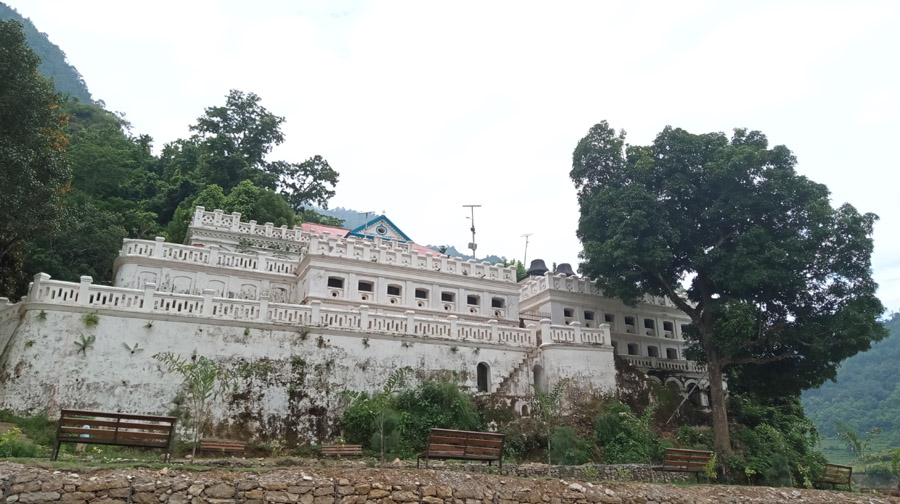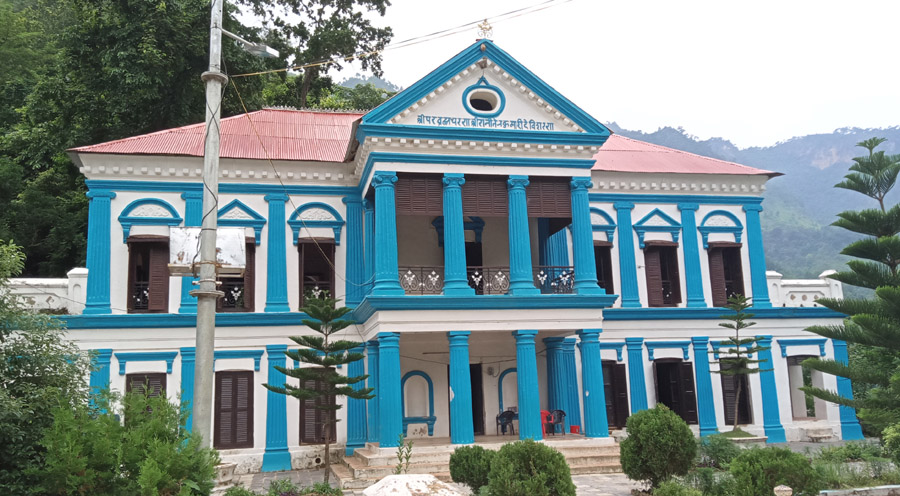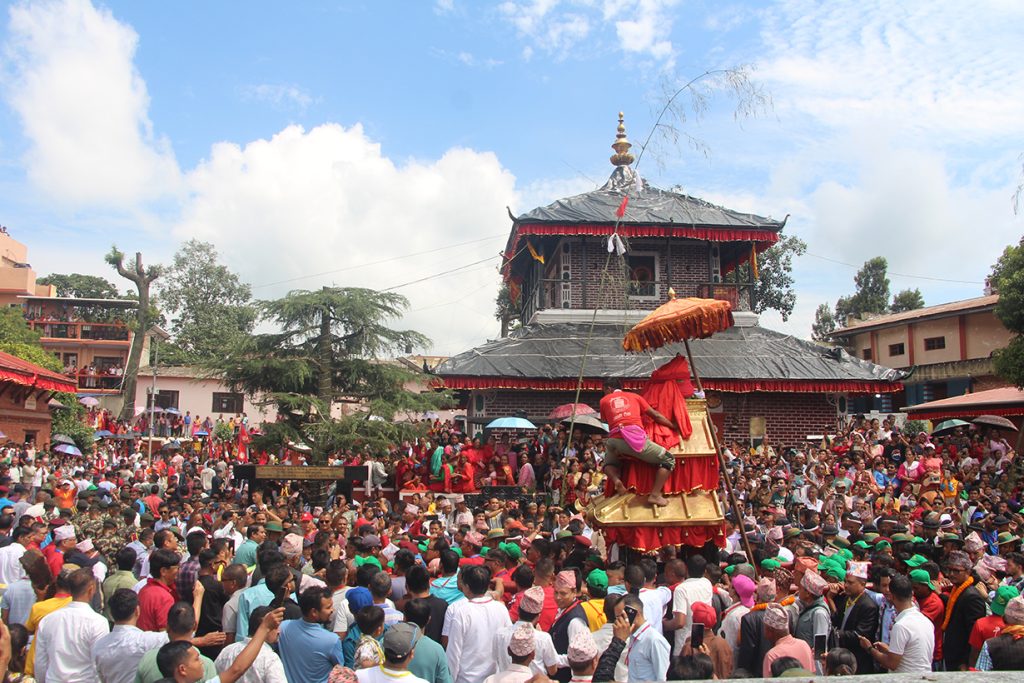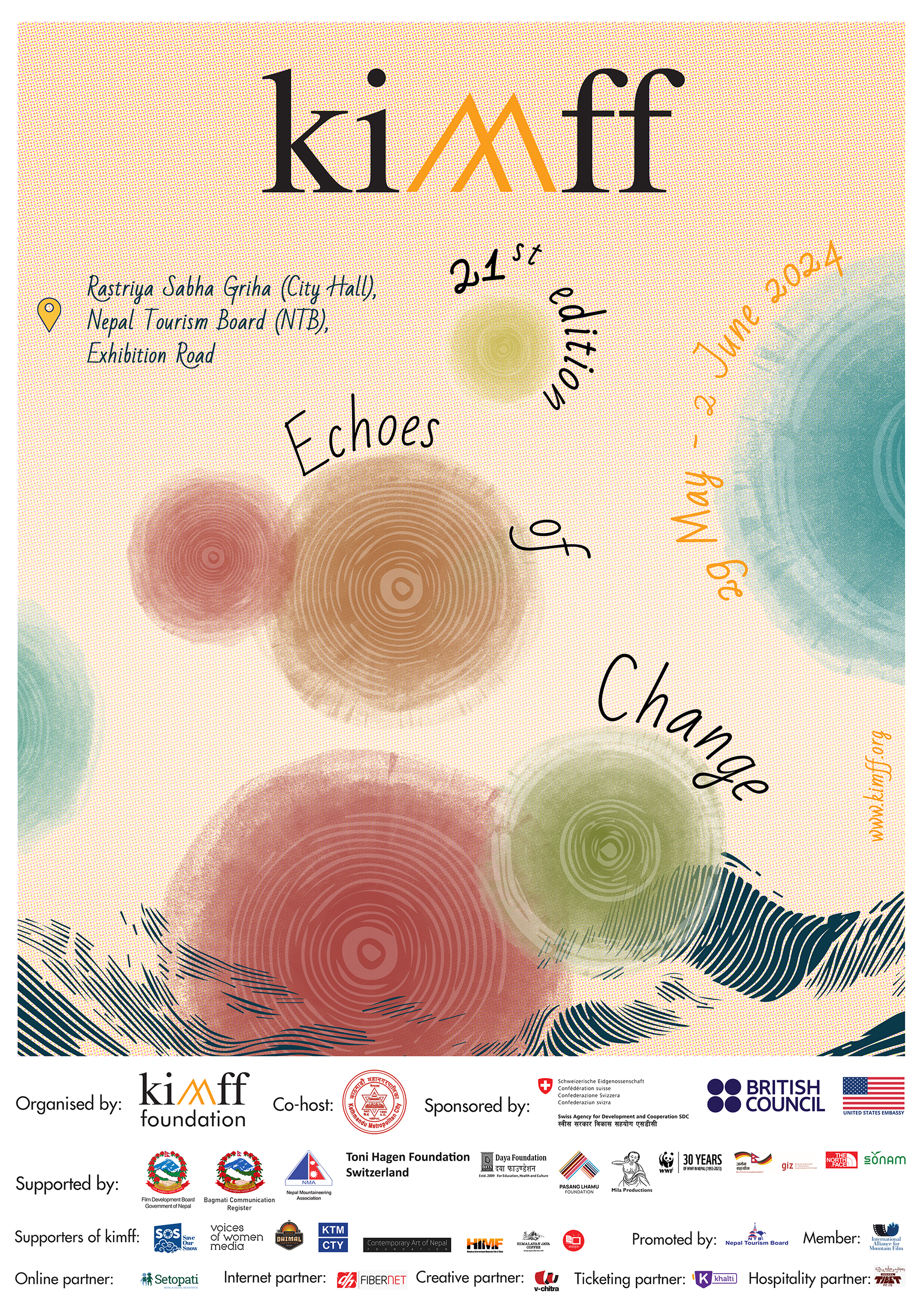The Nepal Tourism Board has proposed converting the historical palace of Rani Mahal of Palpa into a ‘heritage hotel’. The board says it has planned that Rani Mahal can be made a ‘honeymoon destination’.
“We seek diversification in tourism. For that, we need to engage in different types of products, one of which is Rani Mahal,” says NTB CEO Dhananjay Regmi. Further, he adds, “Rani Mahal is a destination associated with love. Why don’t we connect it with newly married couples?”
The NTB has planned that if Rani Mahal is developed as a heritage hotel and promoted in India among other countries, a lot of extravagant tourists can be attracted. Therefore, the NTB has already submitted its proposal along with its ideas from the local government to investors.
However, it has stirred a controversy among stakeholders.
History of Rani Mahal
Rani Mahal in Tansen municipality of Palpa is a historical monument located on the bank of Kaligandaki. It was built in the last decade of the 19th century by General Khadga Shamsher in memory of his wife Tej Kumari Devi.
That is why, Rani Mahal is considered a symbol of love, often called ‘Nepal’s Taj Mahal’. Rani Mahal has an attractive four-storey building with 24 rooms, two ponds, a temple garden, and a pavilion, and structures including a horse stable.
The heritage hotel proposal

The place has become dilapidated day by day in the absence of the owning body and also due to lack of budget at the local level and lack of protection by the central government.
On the one hand, the concerned authority has not been able to make any structure to protect the palace from erosion. In such a scenario, the NTB has proposed to renovate the exterior and interior of the aesthetic building without damaging its historical appearance.
The rooms inside the palace can be designed in an original style which can be sold at a higher rate than any other ordinary hotels, according to Regmi. “The palace can be turned into a hotel without damaging its real structure and style,” informs Regmi.
According to the NTB, the local government and tourism entrepreneurs will be given this responsibility. Also, the income from this and ownership will be at the local level. Likewise, the NTB has also put forward the concept of spending a certain portion of the income received from the hotel for the protection and promotion of the palace.
As proposed by the NTB, water-based tourism activities from rafting to swimming can be conducted in the Kaligandaki river in front of the palace. Wide river beaches will be managed.
Similarly, according to the NTB, tourists going to Rani Mahal on a honeymoon tour may also visit the nearby Bhairav Temple and Tansen Bazaar. By attracting tourists to Rani Mahal, the NTB aims to entice the tourists in visiting other tourist destinations of Palpa.
The NTB has also proposed an investment of Rs 300 million in the first phase to develop the heritage hotel, and prepare infrastructures for water activities, and structures in the riverbank in three years.
“The local government and the tourism entrepreneurs are positive about this proposal,” claims Regmi, “ It is a model for preservation and development of historical buildings.”
Protests against the proposal

This kind of proposal as well as practice is not new. The practice of transforming the historical palace into a hotel started when former Finance Minister Madhukar Shamsher Rana’s father Maheshwar Shamsher opened the Nepal Hotel in a palace in 1951. Likewise, there are plenty of examples of ‘heritage hotels’ in Nepal like Hotel Shanker, and Hotel Yak and Yeti.
However, protests have started against the NTB proposal, stating that it is a historical heritage site. They say the proposal cannot be compared with Hotel Shanker or Hotel Yak and Yeti because all those palaces turned into hotels earlier were the personal property of the Ranas. But, Rani Mahal is a historic public property.
The Hotel Association of Nepal (HAN) itself is not in favour of the proposal. Binayak Shah, the first vice-president of the association, says tourists can be attracted by building hotels for commercial purposes in the vicinity of such historical heritage site by preserving such heritage.
Shah says, “Rani Mahal, built on the concept of Taj Mahal in India, cannot be turned into a hotel. Rani Mahal is a living history of western Nepal.”
“How many tourists will visit if Taj Mahal is turned into a hotel? India will not do that,” he says, “Hotels should not be built within the heritage site. Instead, such an environment should be created where hotels around that place can run smoothly.”


























